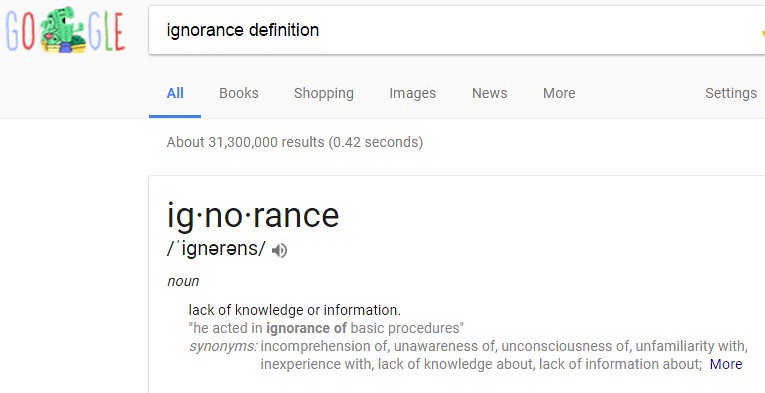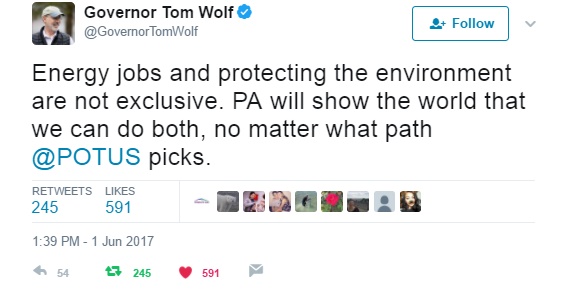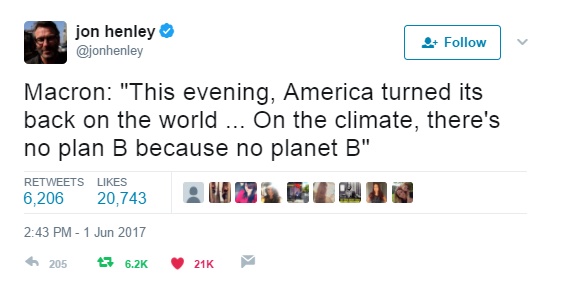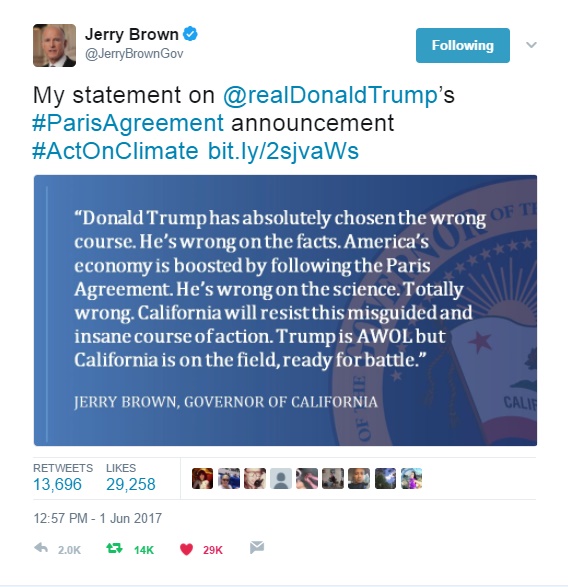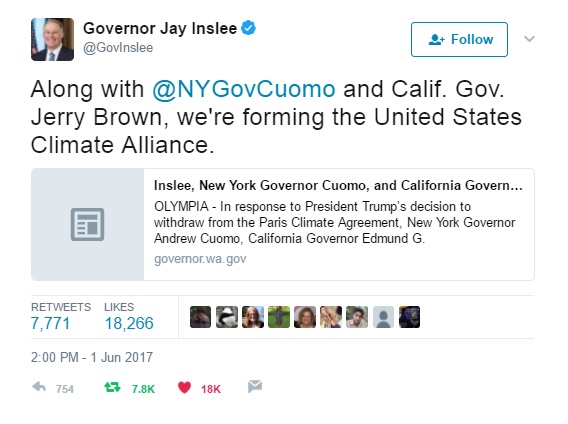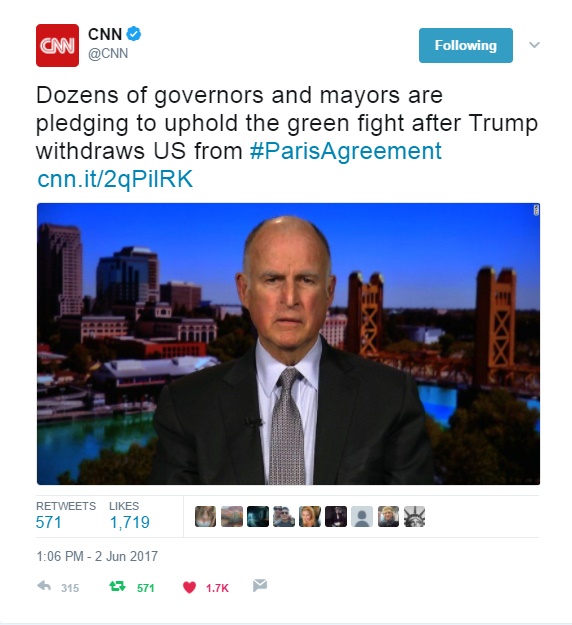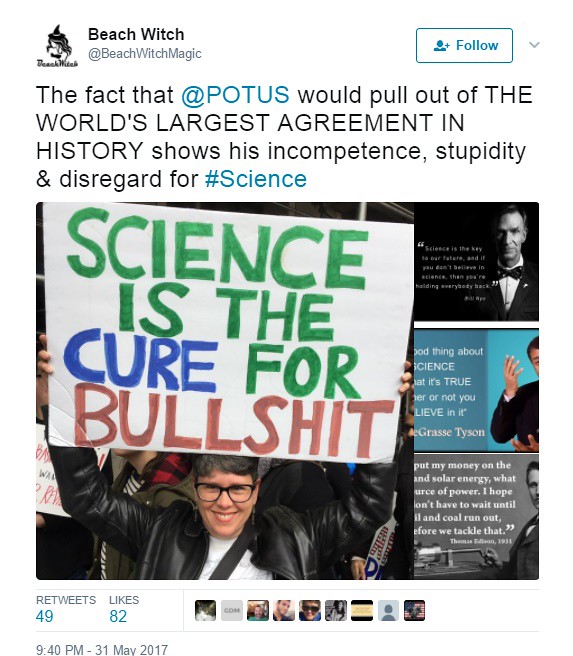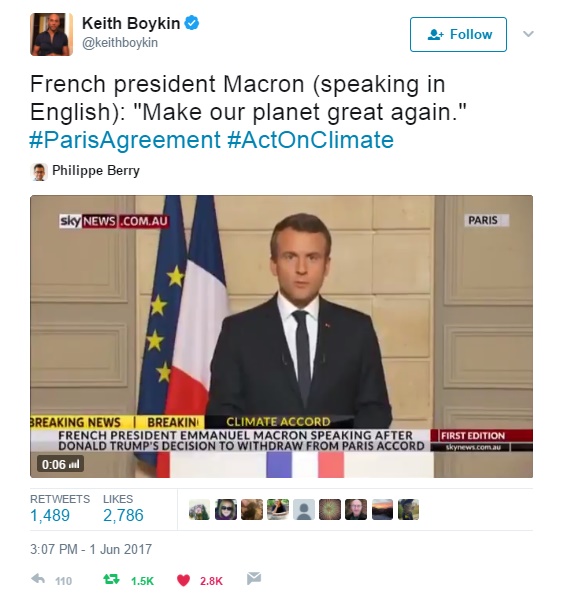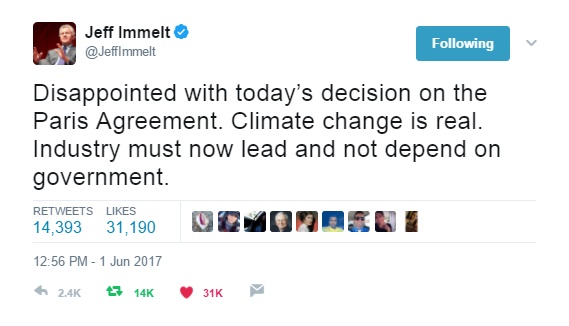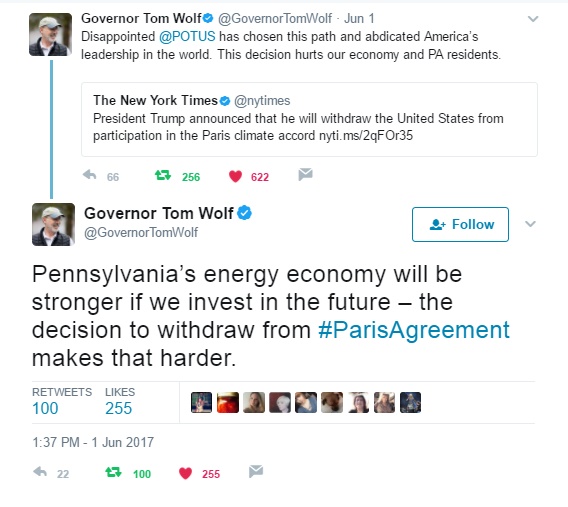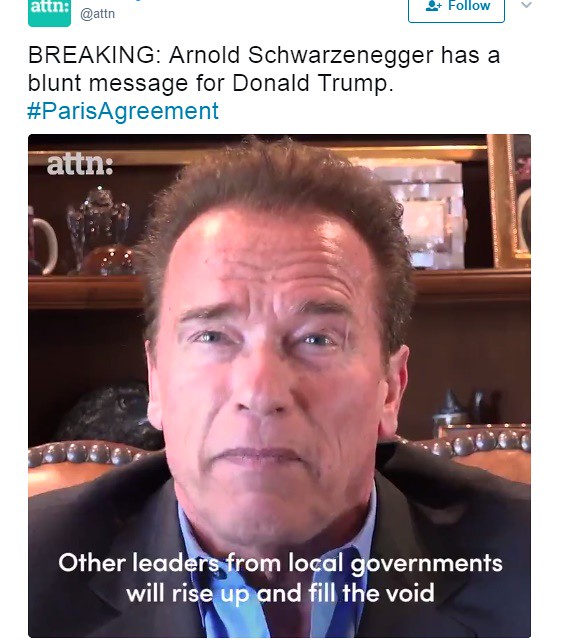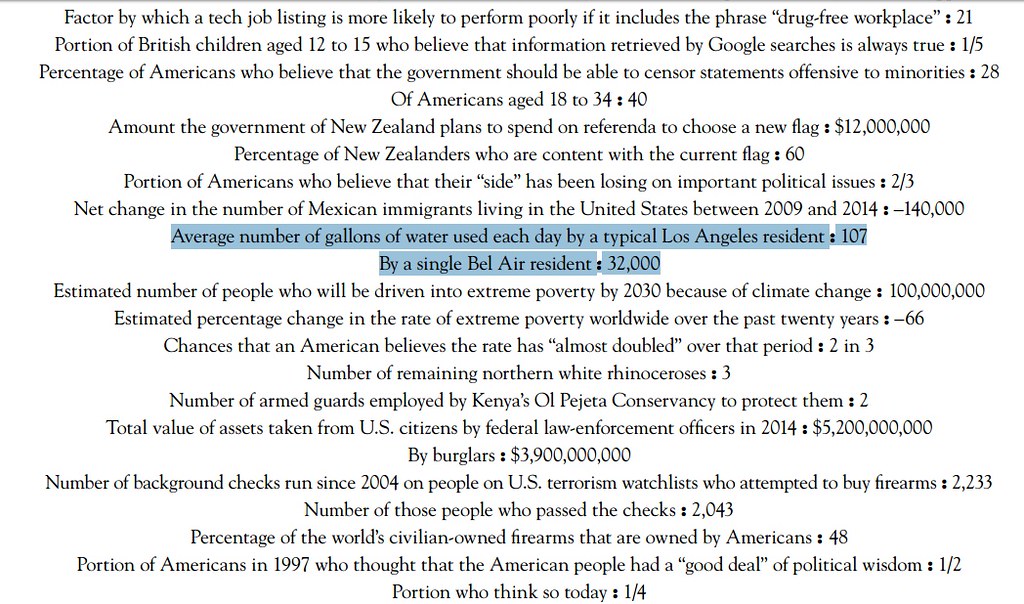 |
| Source: TheChemistrySolution.com |
As I have alluded to in my introductory post on 'How Scientists Think' -- my curiosity as a scientist is no different than your curiosity as a 'non-scientist'. Although, both of us inhabit the same world and might hold different professional positions (i.e. jobs, interests, etc.). Regardless, statistics along with stated 'facts' in the popular media are often not cast into an appropriate context. In order to understand the statistics or numbers which are reported in a news article, the methodology of 'dimensional analysis' will be used.
In the picture above, dimensional analysis allows a person to switch (by conversion) between units of 'miles/hour' to 'meters/sec'. This is commonly carried out during an analysis of numbers reported in the news. I would like to show how to do so with tools available to any user on the world wide web (the internet). The only requirement besides possibly an internet connection is a curiosity to understand the magnitude or perspective of the statistic being reported. I will show the reader (you) how to carry out this analysis.
Remember, this list below is not the full list of all the blog post subjects on the site. There is another list which lists the blog posts which are concerned with an array of subjects mainly spanning "Science and the Environment".
In the list below, you will find a range of topics covered. The first section are the blog posts which involve calculations using 'dimensional analysis' to understand large numbers which are reported in the news. Enjoy!
Dimensional Analysis: Exploration of large numbers!
Note: From recent to oldest
How Many M&M Candy's Would Be Required To Form A Line Between Earth And The Moon?
Trade Negotiations With China Include Purchasing The Equivalent Of 384 Billion Soy Lattes Worth Of Soy Beans From The U.S.?
How Many People Can 254 Pounds Of Fentanyl Kill?
Parameters: How Much Water Is Required To Grow A Package Of Almonds?
How Large Is The Neural Circuitry In The Human Brain Compared To City Blocks In Los Angeles?
How Many Women Are Needed To Form A Chain 400 miles Long?
Parameters: How Much Ice Is Melting In The Antarctic? Enough To Cover Texas?
How many Soy Latte coffee drinks can be made with 135,000 tons of Soybeans?
How many cows are needed to generate 50,000 tons of beef exports?
Parameters: How many sticks of butter are contained in 7.5 million pounds of butter?
Was Enough Coal Ash Spilled Into A Local Lake To Fill Up 2/3 Of An Olympic Sized Swimming Pool?
Boston Natural Gas Explosion Reveals Old Piping Needs Replacement - Enough To Travel To Colorado?
Typhoon Mangkhut Drops Enough Rain On Philippines To Fill 25,000 Superdomes per hour?
A Forecaster Predicts That Hurricane Florence Will Drop Enough Rain To Fill 18,400 Mercedes-Benz Superdomes
How many Olympic size swimming pools per day would be filled with 890,000 barrels of oil?
Reader Question: How far would 291 billion Goodyear Blimps reach end to end?
With 29 Trillion Cubic Feet of Natural Gas, How Many GoodYear Blimps Could Be filled?
How Many Cherries Are In 1.5 Million Shipping Boxes?
How many trash carts can be filled with 80 billion pounds of trash?
How many people would be killed if 1,485 pounds of Fentanyl were distributed onto the streets in the U.S.?
What Is Dimensional Analysis?
Was The Recent Oil Spill in China The Largest In History?
LimeBike Dockless Bikeshare Riders Travel A Distance Of 13,000 Miles In Just Over 3 Weeks?
How Many Cigarettes Can You Roll With 18,000 Pounds Of Marijuana?
How Many Turkey's Are Served On Thanksgiving Day? How Many People Served?
How Much Trash Would Be Required To Fill The Great Wall Of China?
How Many Birds Per Minute Can Be Processed On A Single Line At A Poultry Processing Plant?
Hurricane Harvey Drops Enough Rain On Houston To Fill 560 Dallas Cowboy Stadiums
If Technology Fails, Use Basic Math Skills - Count Manually!!
How Much Water Is Contained In All Oceans Around The Globe?
Wasteful Water Use Tied To 'Education and Poverty' - Really?
How Much Water Is Under A "Dry Lake"?
New Chemistry Could Reduce Plastic Waste In Landfills
How Many Trees Have Been Cut Down Since 1990?
How Many Seats Could Be Filled With Nearly 3.6 Million Tons Of Plastic Produced Each Year?
How Much Water Is In 44 Feet Of Snow?
Storm Raises Water Level In Lake Cachuma By 31 feet, How Much Water Is That?
How Much Dirt Would It Take To Fill The Rose Bowl Stadium?
How To Make Sense Of Water Flowing At 100,000 Cubic Feet Per Second
Can 11 Trillion Gallons Of Water Fill 14,000 Dallas Cowboys Stadiums?
How Many Bombs Were Dropped Per Hour In Combat In 2016?
How Long Would It Take To Travel Around Earth Going 4 Miles Per Second?
How Much Water Is 55 Billion Gallons Of Rainfall?
How Much Would The Sun Weigh If Filled With Water?
Does Oil Demand Restrict The Amount Of Safety Regulation On Big Oil Companies?
What Technology Is Being Installed By 'Energy Transfer' To Prevent An Oil Spill?
How Deep Is One Of The World's Largest Wave Tanks?
How Much Rain Did The East Coast Receive From Hurricane Matthew?
How Much Rain Did Haiti Really Receive?
Why Is There Another Oil Spill?
Why Is Elon Musk Powering A Freight Ship With A Rocket Engine?
How Much Weight Can The Average Freight Ship Carry?
How Does The Weight Of A Floating Oil Rig Compare To The Eiffel Tower?
How Much Rainfall Has Dropped On Louisiana?
How Big Was The "Water Bomb" Of Rainfall In Macedonia?
How Much Rain Did Huauchinango (Mexico) receive?
How Many Square Feet Would Be Required To House All Homeless Residents in Los Angeles County?
How Much Rain Did Elliot City (Maryland) Really Receive?
Can A Broken Sewer Line 20 Miles Away Close The Beach?
How Much Weight Can 54 Billion Cubic Feet Of Helium Lift?
Why Do "Units of Measure" Matter?
Iraq Has Enough Oil To Support The World For 4 Years -- What?
1,600 Cattle Consume Equivalent Amount Of Water As A Bel Air Resident Per Day?
Is 94 Million Barrels Of Oil A Large Amount? That Is The Global Daily Demand!
A California Dream Spoiled By Big Oil
Are The Elements Hydrogen And Helium "Of This World"?
Los Angeles Was Built On Top Of Oil?
Flint Michigan Rations Water, What About Astronauts?
How Much Force Is 13 Kilotons Of Force?
What Was The Daily Magnitude Of Methane (That Leaked) Out Of Aliso Canyon?
Who Sells Sea Water? Who Buys Sea Water?
How Much Paint Is Required To Cover A 'Movie Screen' In A Theater?
More Gas Is Stored At Aliso Canyon (Porter Ranch) Than Previously Thought?
If The Mosul Dam Breaks, The City Of Mosul Would Be Under 65 Feet Of Water?
How Much Gas Is Stored In The Aliso Canyon Storage Facility Near Porter Ranch?
Different Water Use Within The Same Geographic Region? How?
How much nicotine is in a bottle of e-liquid? Is the level toxic?
What is the volume of water in a few inches of rain?
How much energy is contained within a 'kiloton' of energy? i.e. a small nuclear weapon?
Volume of Waste in the Mine Spill (in Brazil) Equivalent to 78 Deepwater Horizon Oil Spills

